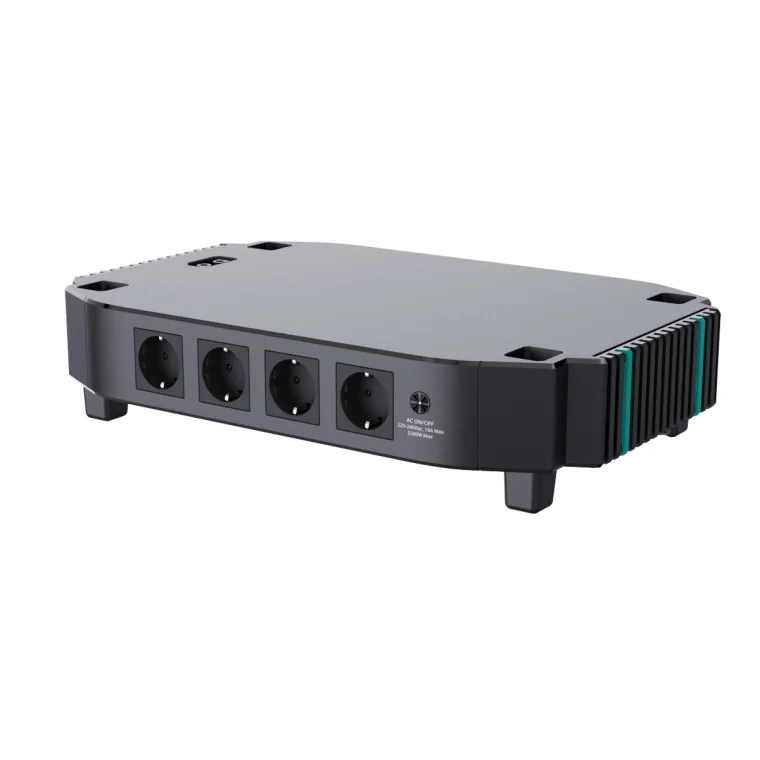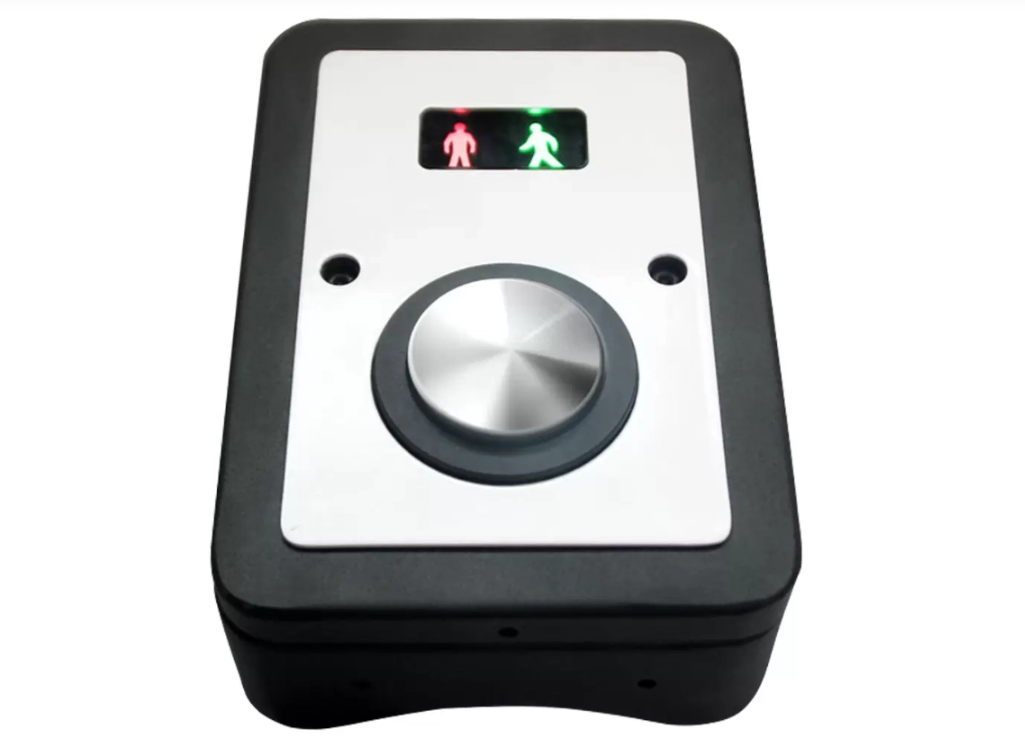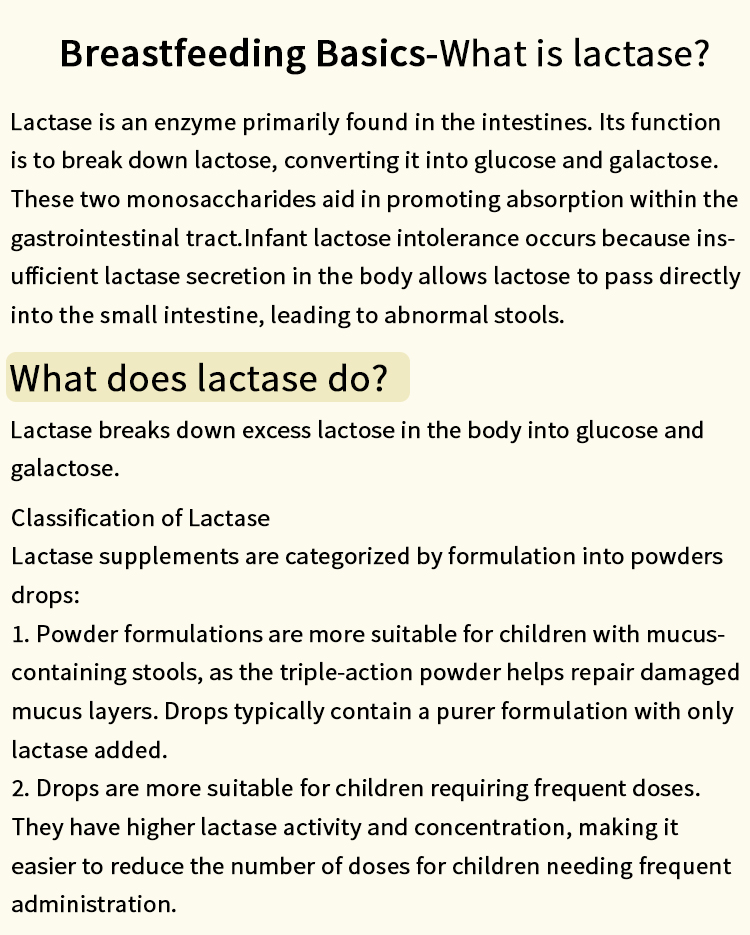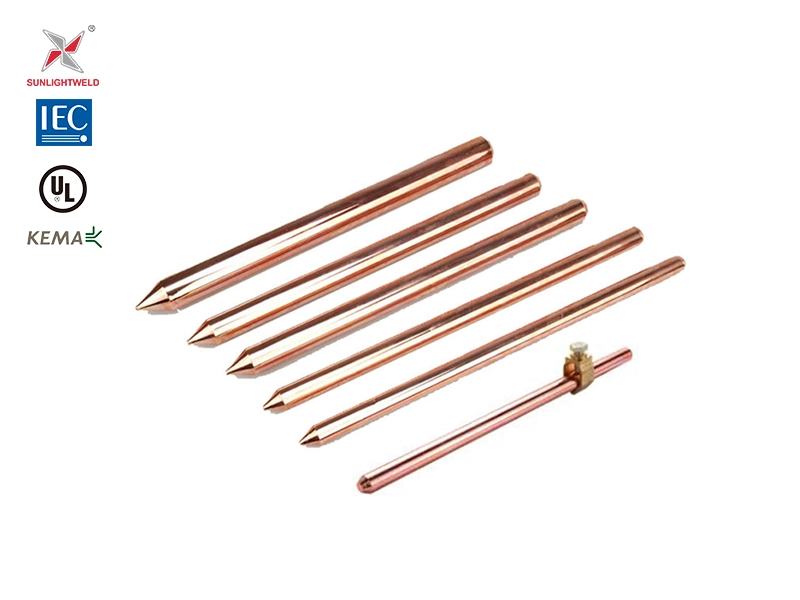Soldering is a fundamental process in electronics manufacturing and repair, where a metal alloy is melted to join two or more components together. The temperature at which solder melts is a critical factor that determines the success and reliability of the soldering process. In this blog post, we will delve into the intricacies of solder melting temperatures for electronics, exploring the optimal range and its implications for various applications.
- Understanding Solder Composition:
Solder alloys are typically composed of a combination of tin (Sn) and lead (Pb), although lead-free alternatives are gaining popularity due to environmental concerns. The ratio of these metals, along with other additives, determines the melting point of the solder. Different solder compositions have varying melting temperatures, allowing for customization based on specific application requirements. - Melting Points of Common Solder Alloys:
a) Tin-Lead (Sn-Pb) Solder: The most widely used solder alloy, Sn-Pb solder, exhibits a eutectic composition with a melting point of approximately 183°C (361°F). This eutectic alloy ensures a homogeneous mixture of the metals, providing excellent wetting and flow characteristics during soldering.
b) Lead-Free Solder: With the aim of reducing environmental impact, lead-free solder alloys have gained prominence. Common lead-free solder compositions, such as SAC (tin-silver-copper) and Sn-Ag-Cu, have higher melting points compared to Sn-Pb solder. Typically, these alloys melt in the range of 217-227°C (423-441°F), ensuring compatibility with lead-free manufacturing processes.
- Factors Influencing Solder Melting Temperature:
Several factors can affect the melting temperature of solder, including:
a) Alloy Composition: Varying the ratio of metals in the solder alloy can alter its melting point. For example, increasing the tin content in lead-free solder can raise the melting temperature.
b) Flux Type: Flux is used during soldering to remove oxides and ensure proper wetting. The type and composition of flux can influence the solder's melting temperature. It is crucial to select flux compatible with the solder alloy to achieve optimal results.
c) Application Requirements: Different electronic components and materials have specific temperature limits. The solder melting temperature must be carefully chosen to avoid damaging sensitive components or causing thermal stress on the assembly.
- Selecting the Optimal Solder Melting Temperature:
Choosing the right solder melting temperature is crucial for achieving reliable solder joints. Consider the following guidelines:
a) Follow Manufacturer Recommendations: Manufacturers often provide recommended soldering profiles, including the ideal melting temperature, for their components. Adhering to these guidelines ensures compatibility and reliability.
b) Experimentation and Validation: Conducting tests on sample assemblies with varying solder temperatures can help determine the optimal melting point for specific applications. This empirical approach ensures the best solder joint quality and reliability.
c) Thermal Management: In certain cases, such as when soldering heat-sensitive components, additional thermal management techniques like preheating or localized heating may be employed to minimize the exposure of sensitive areas to high temperatures.
Conclusion:
The melting temperature of solder in electronics plays a vital role in achieving robust and reliable solder joints. Understanding the composition of solder alloys, the influence of various factors, and selecting the optimal melting temperature based on application requirements are key to successful soldering. By following these guidelines, electronics manufacturers and repair technicians can ensure high-quality solder joints, contributing to the overall performance and longevity of electronic devices.





